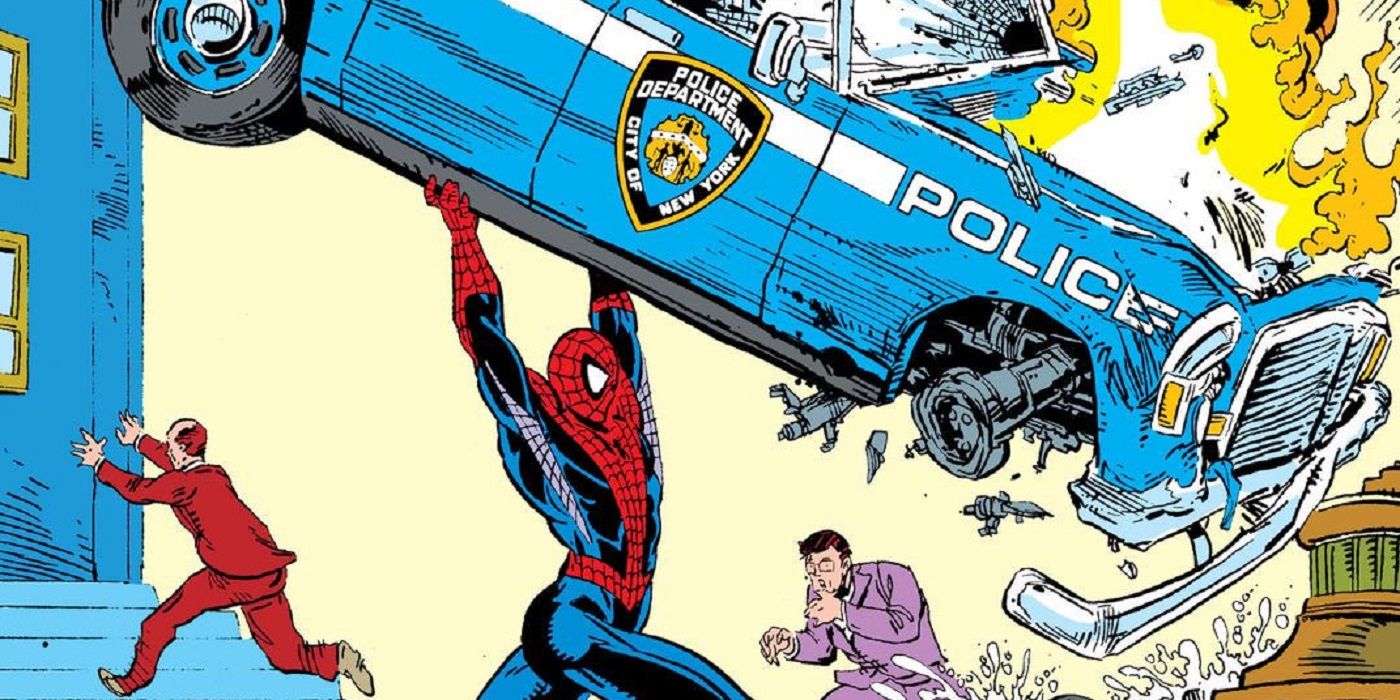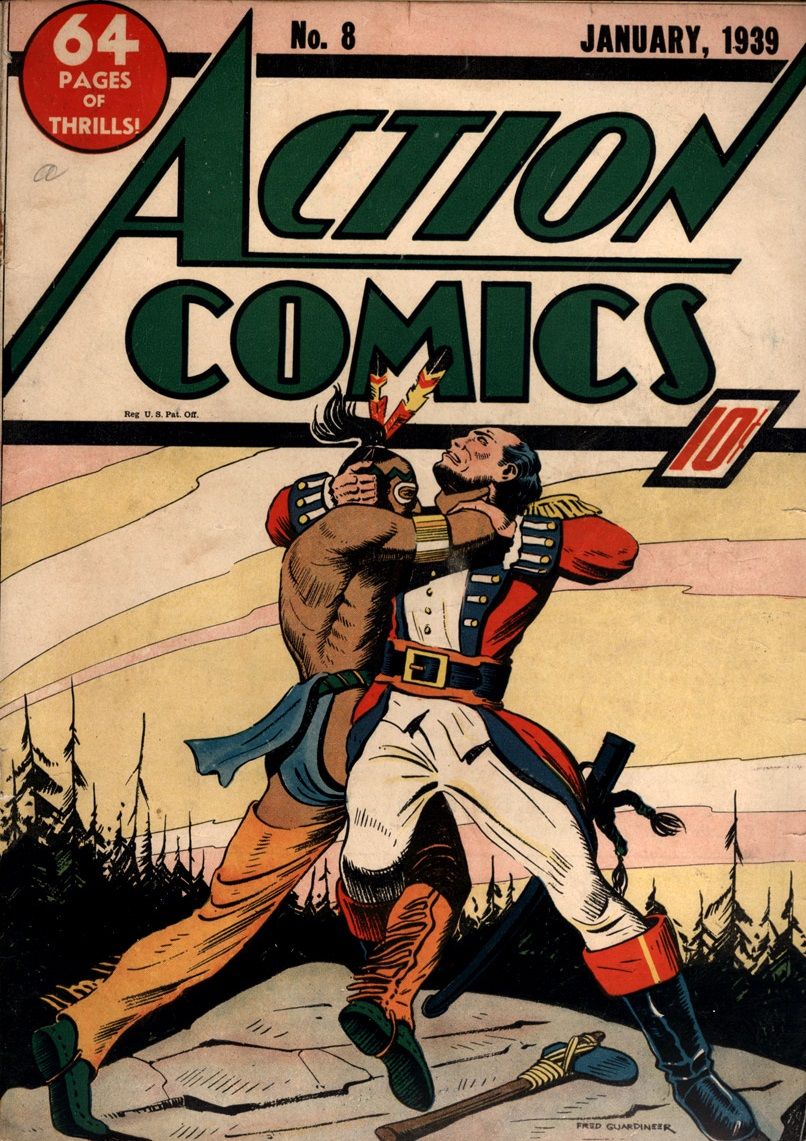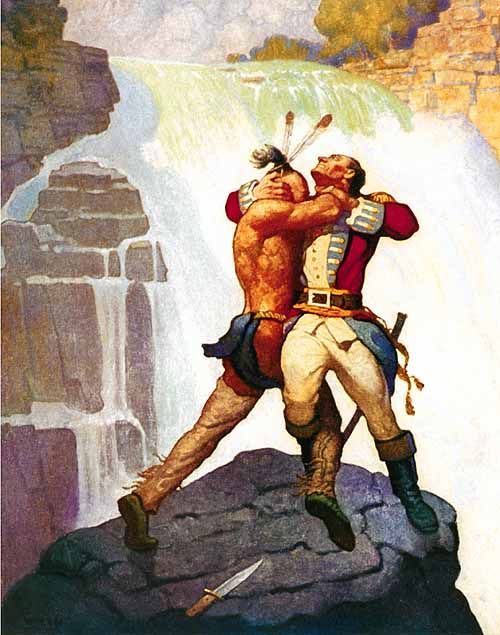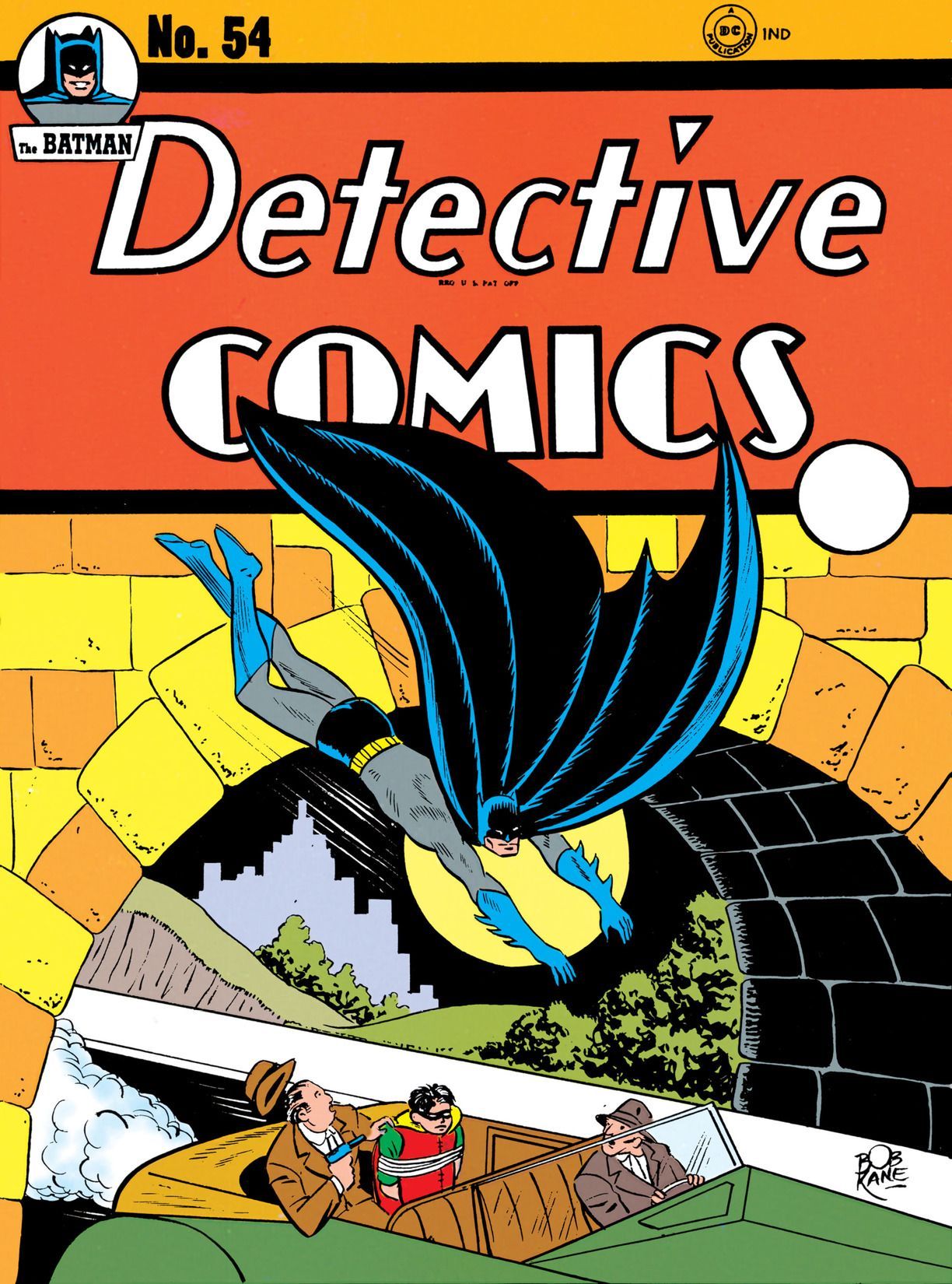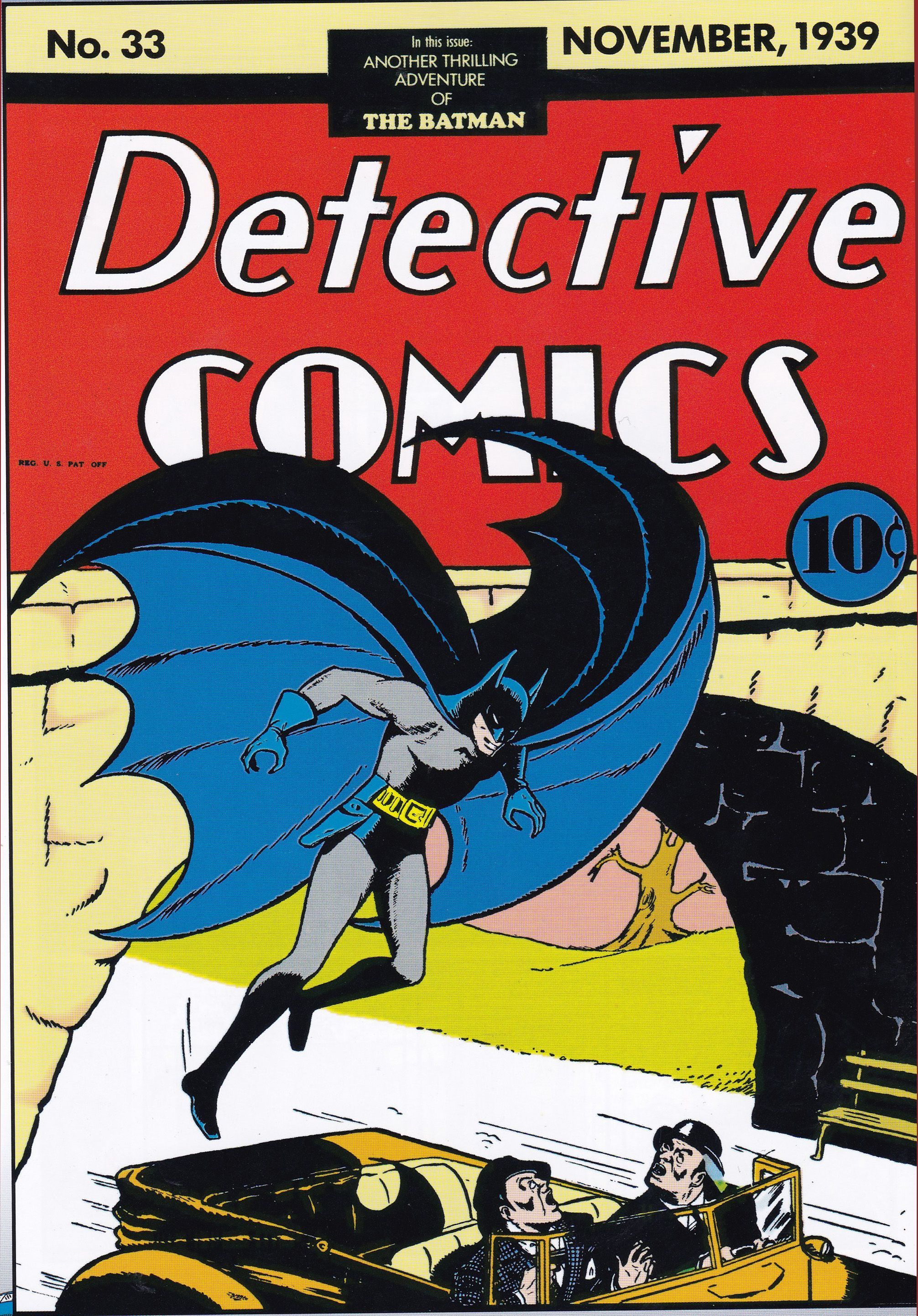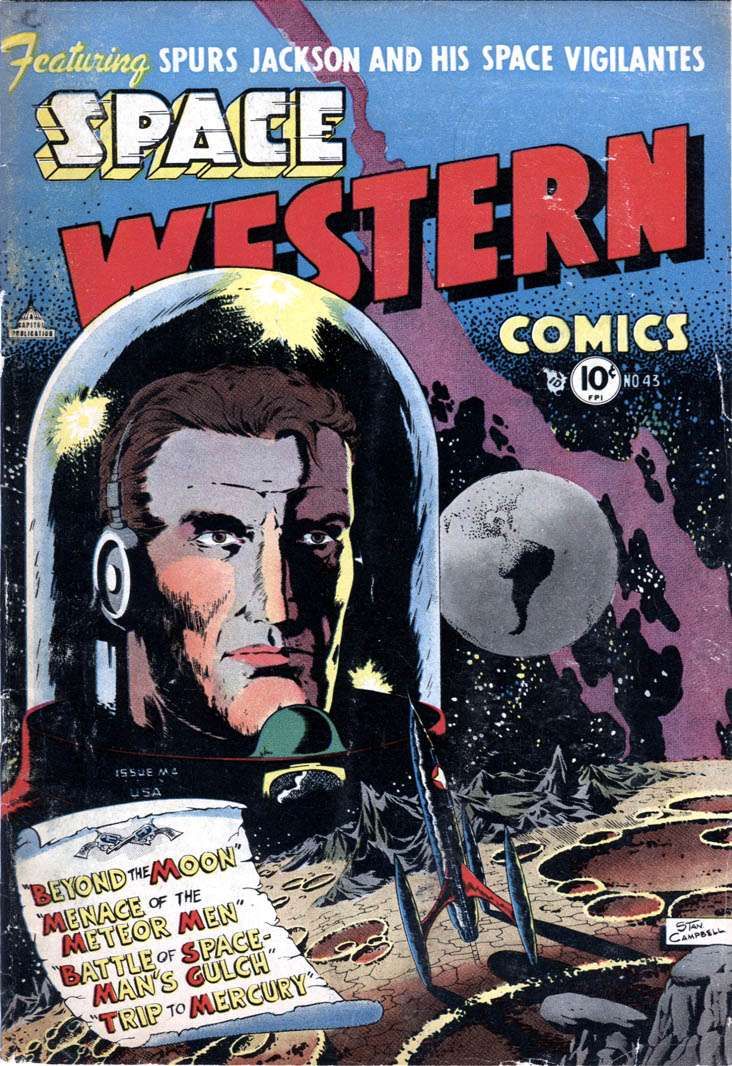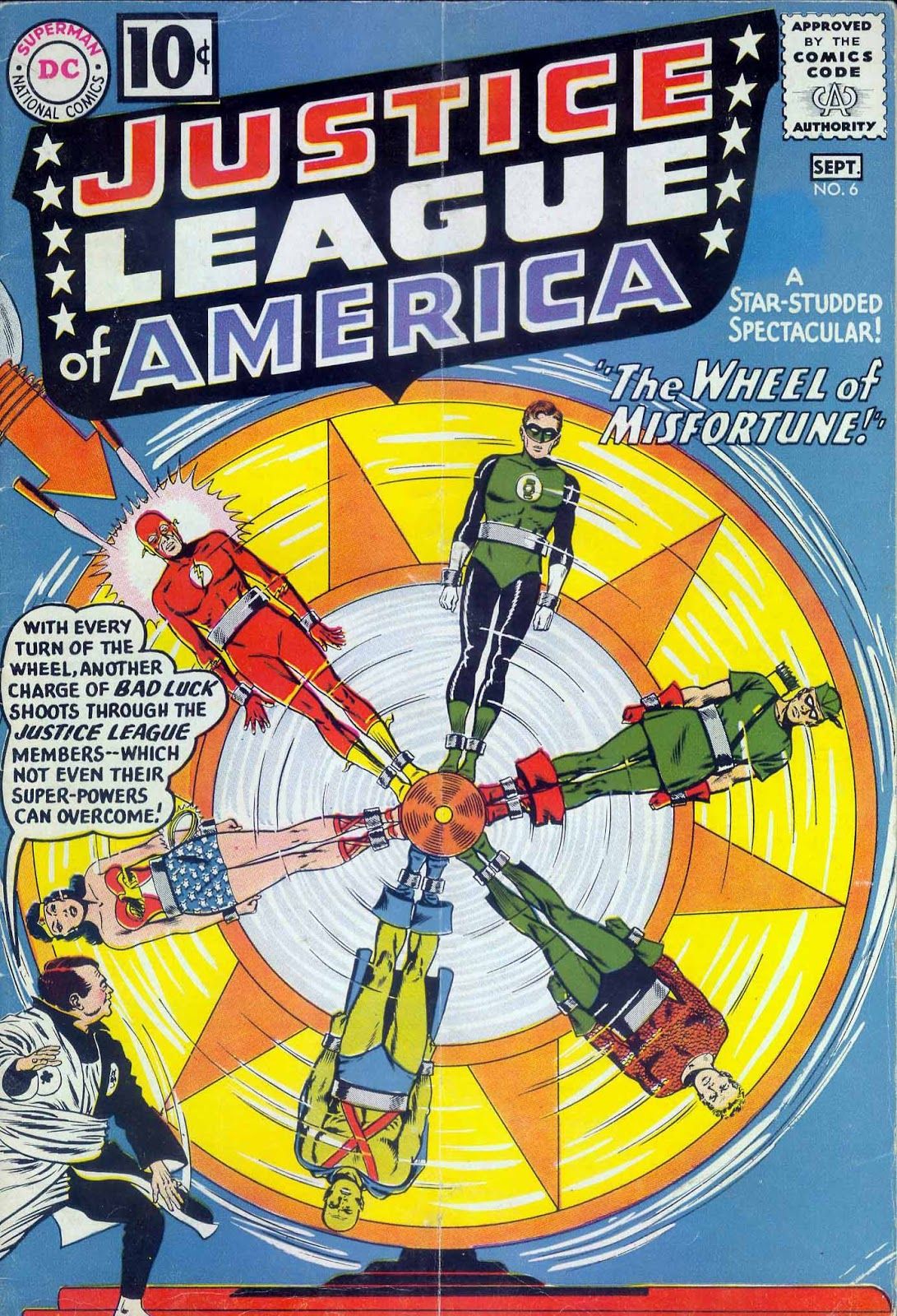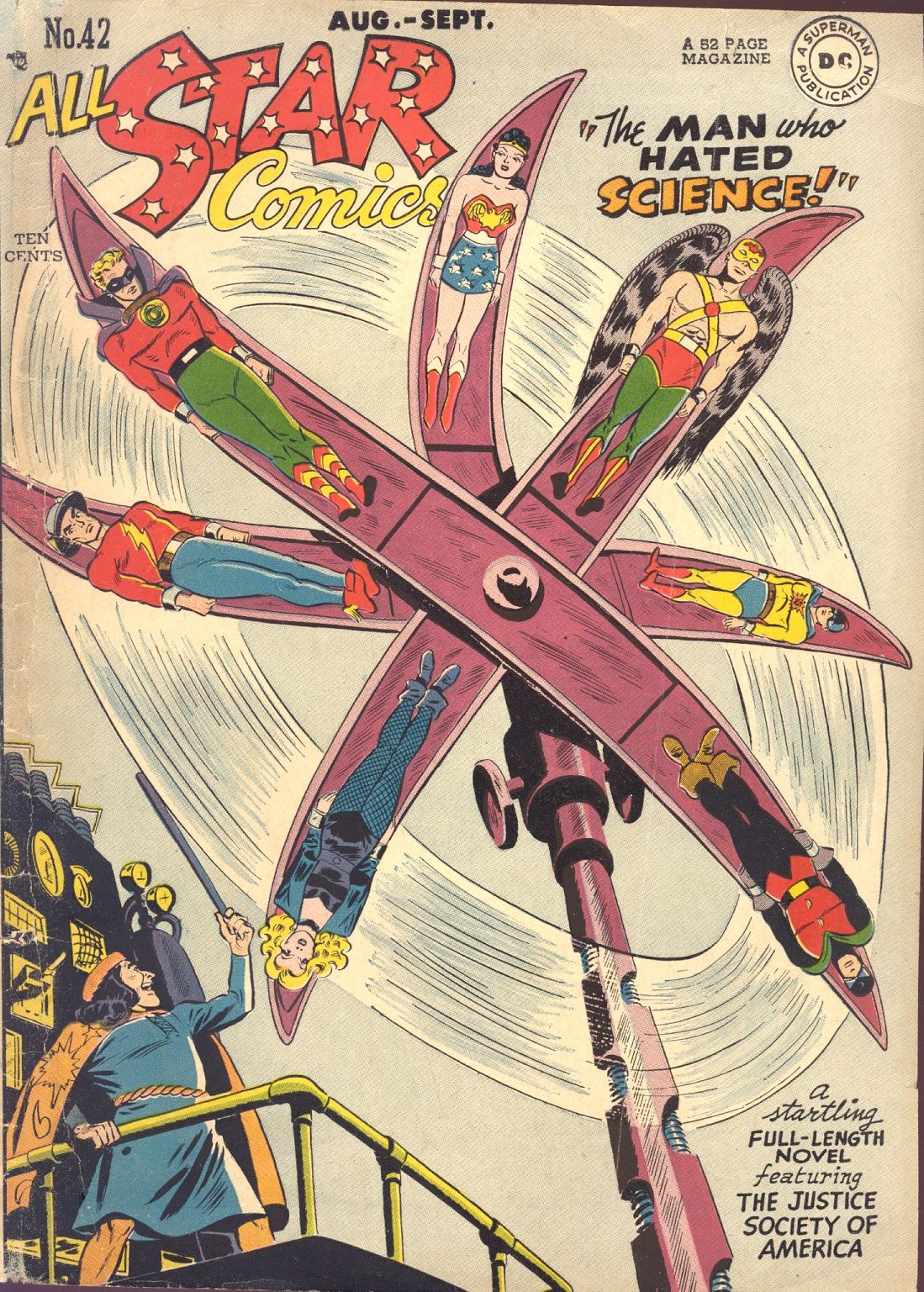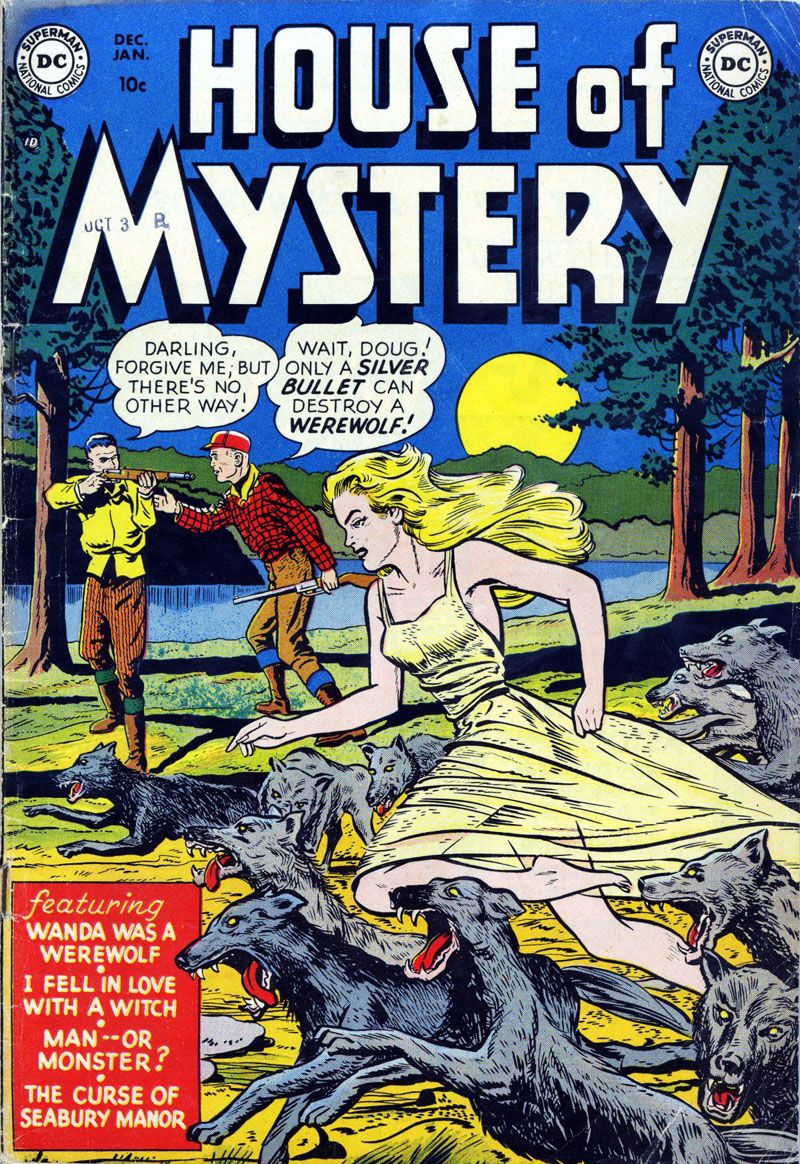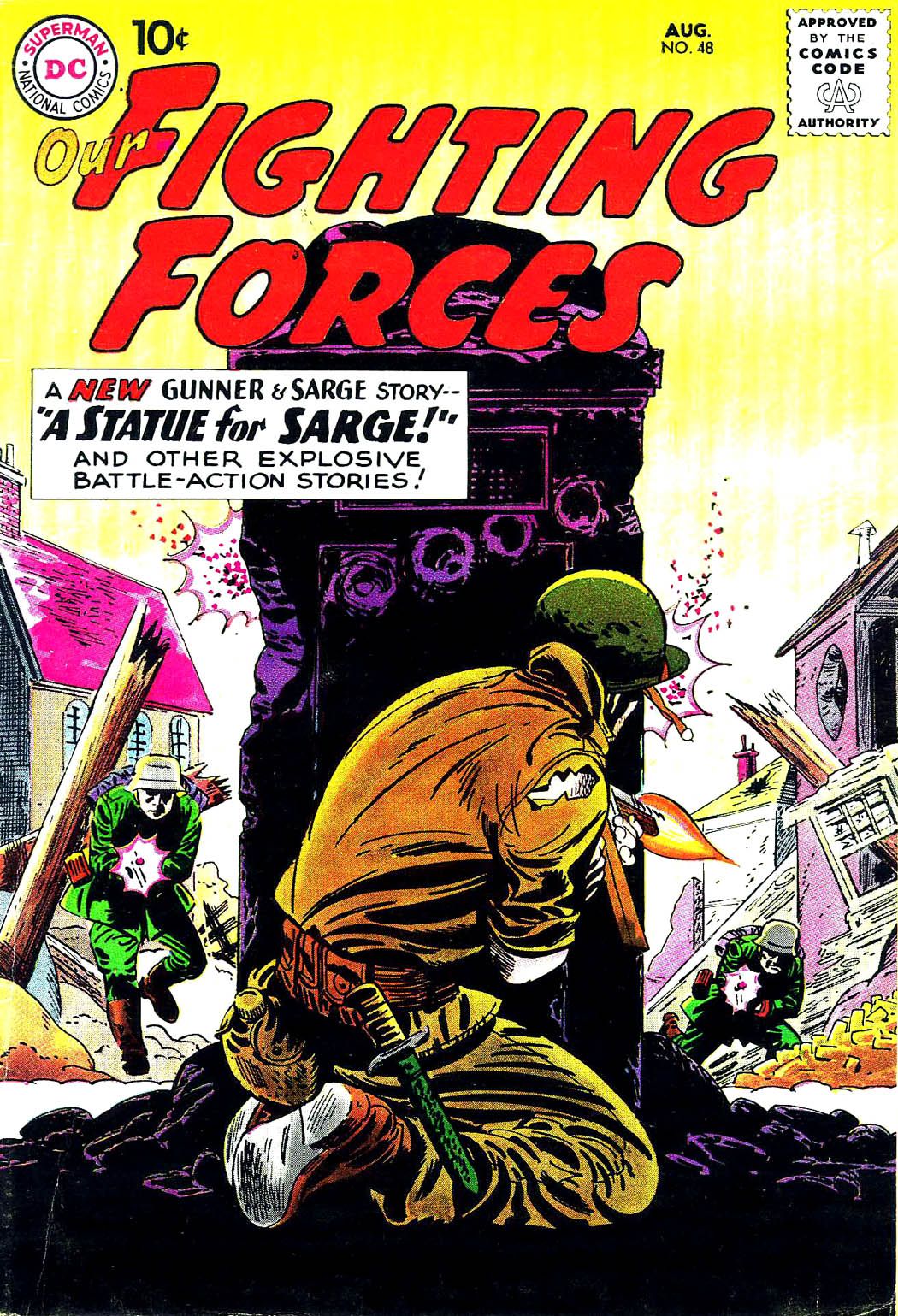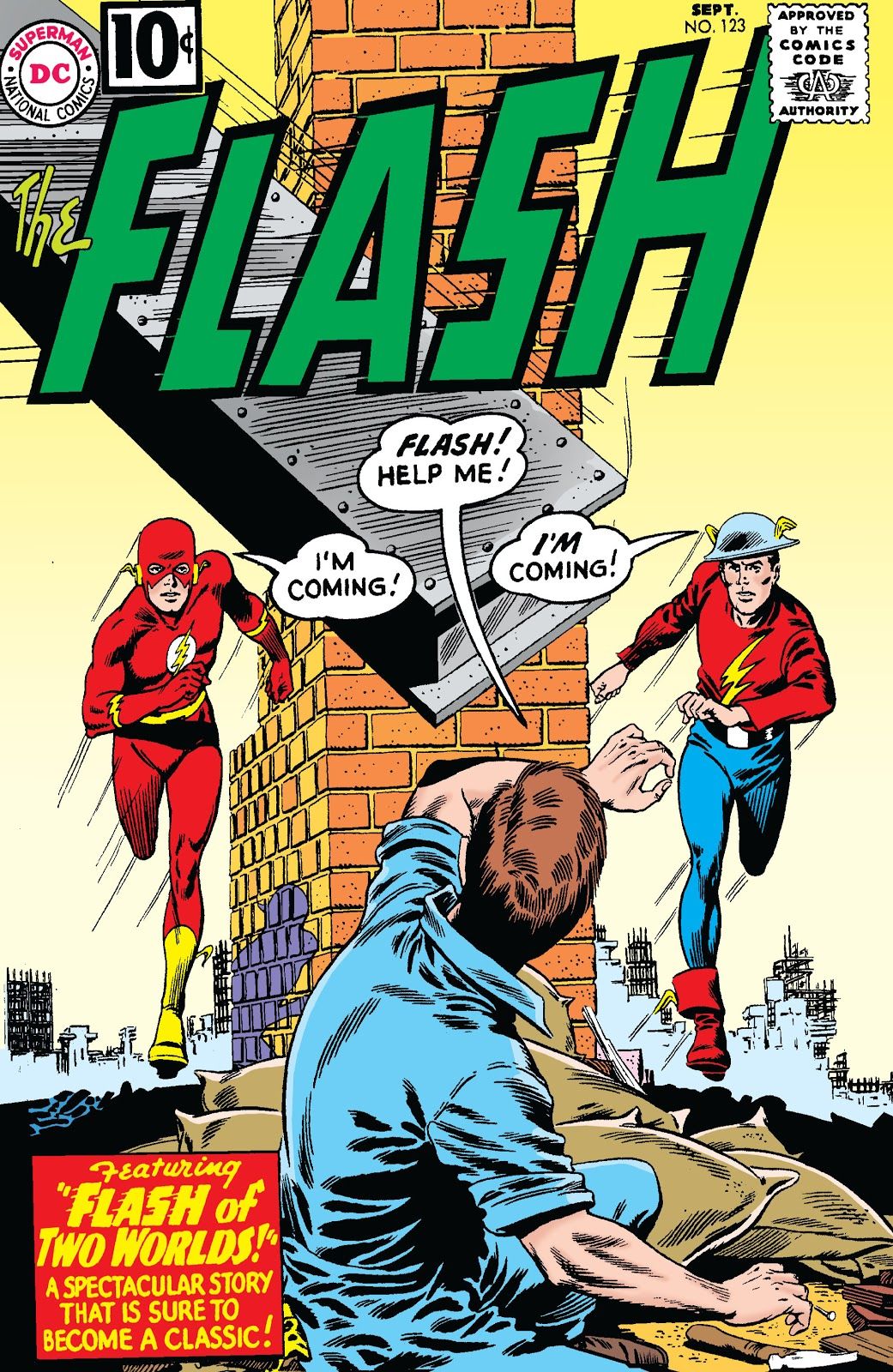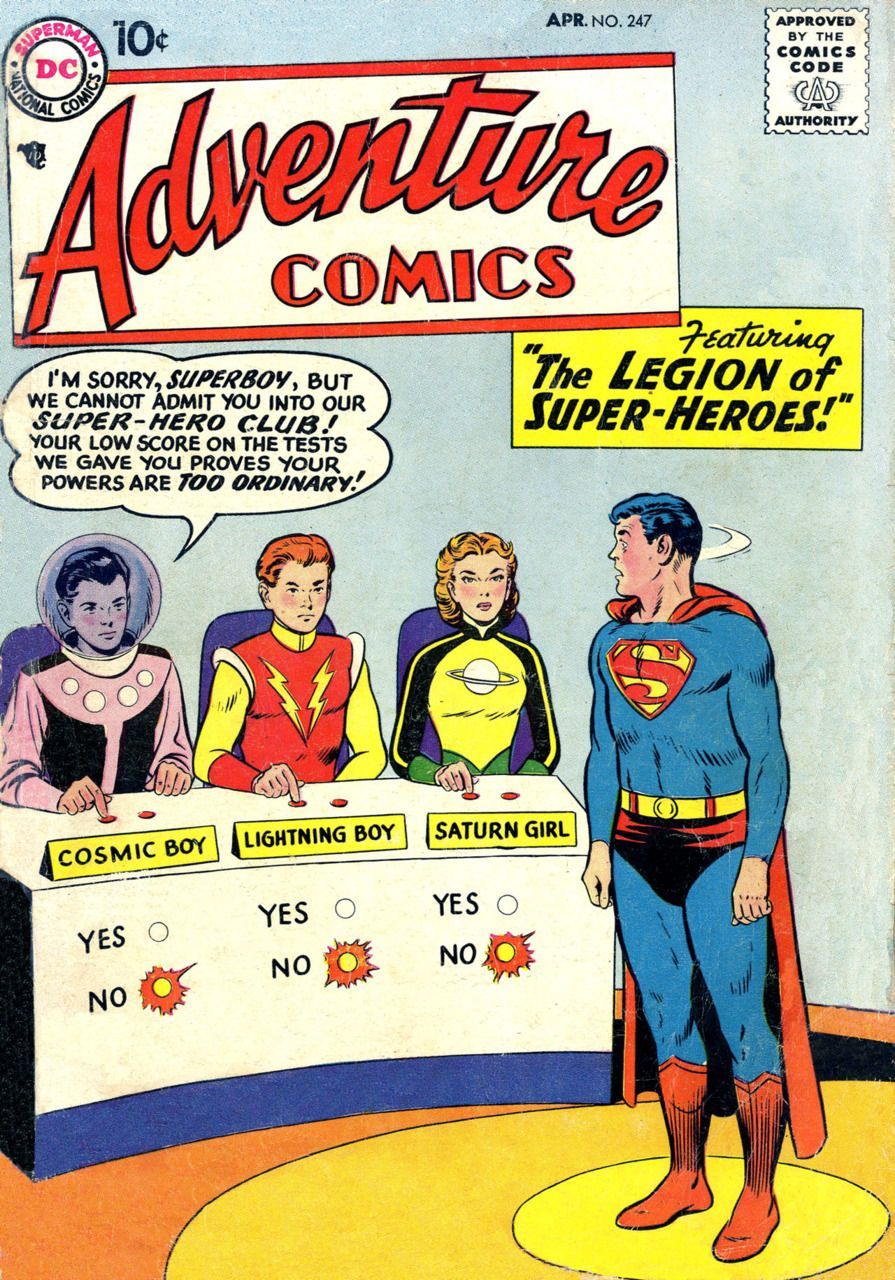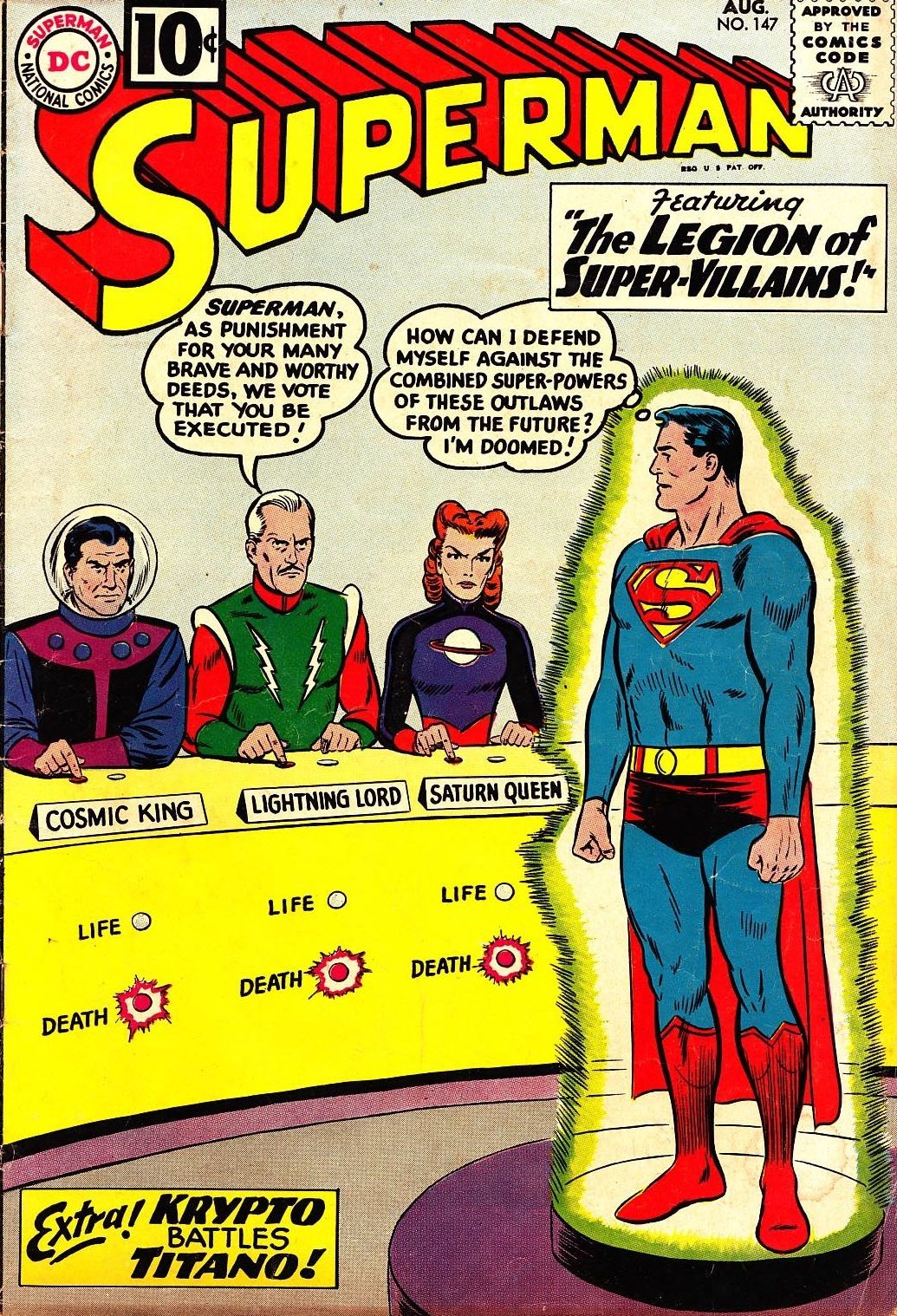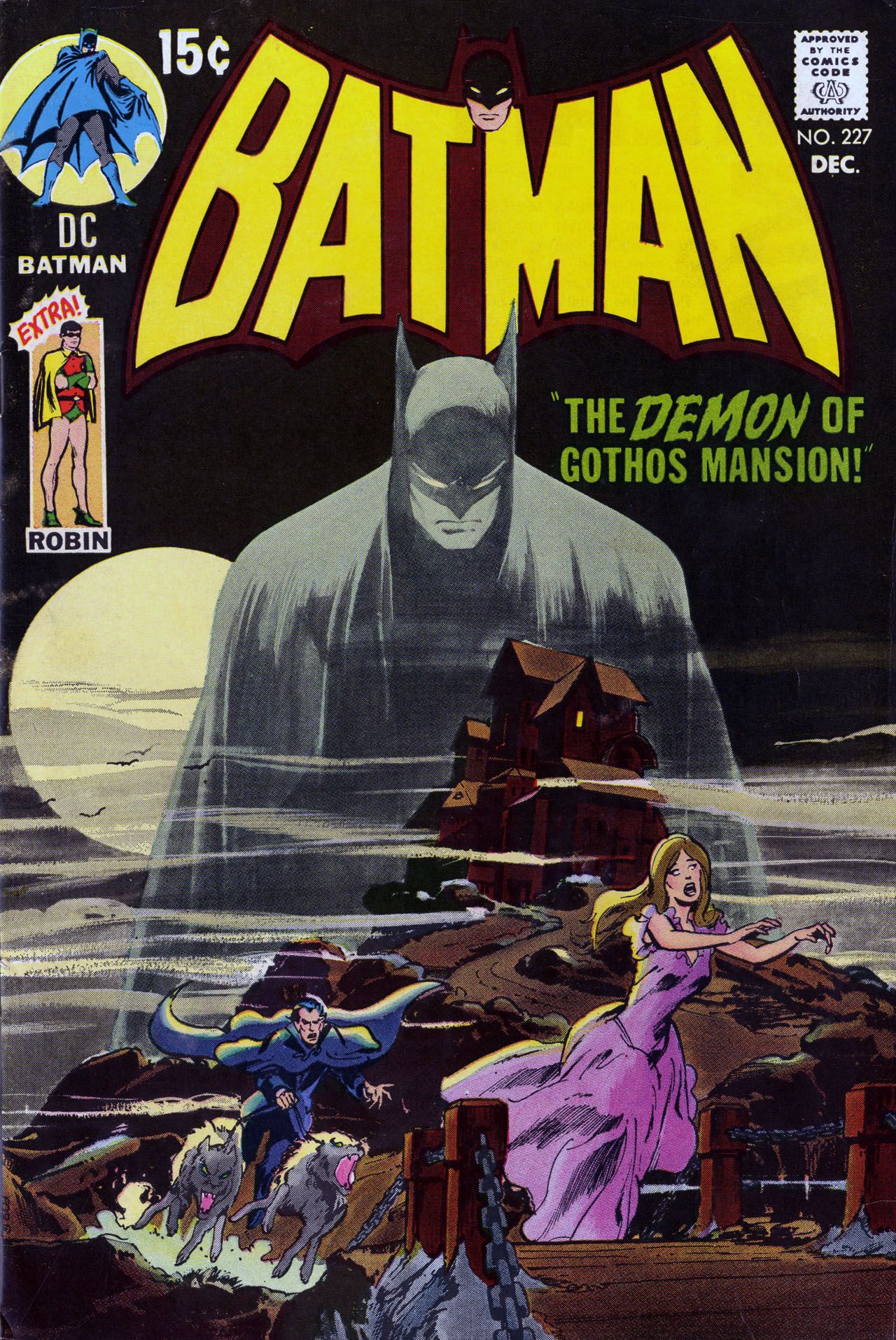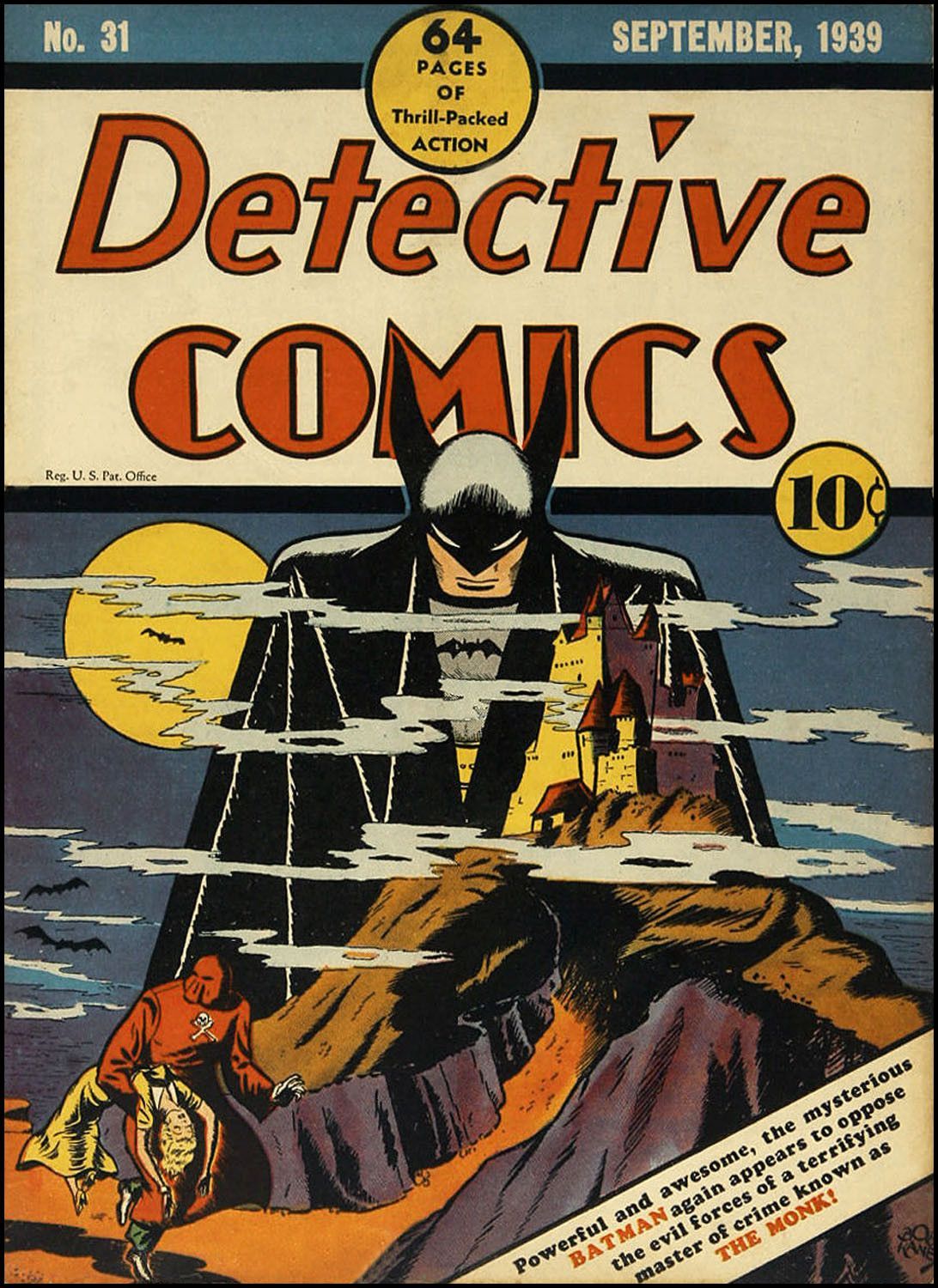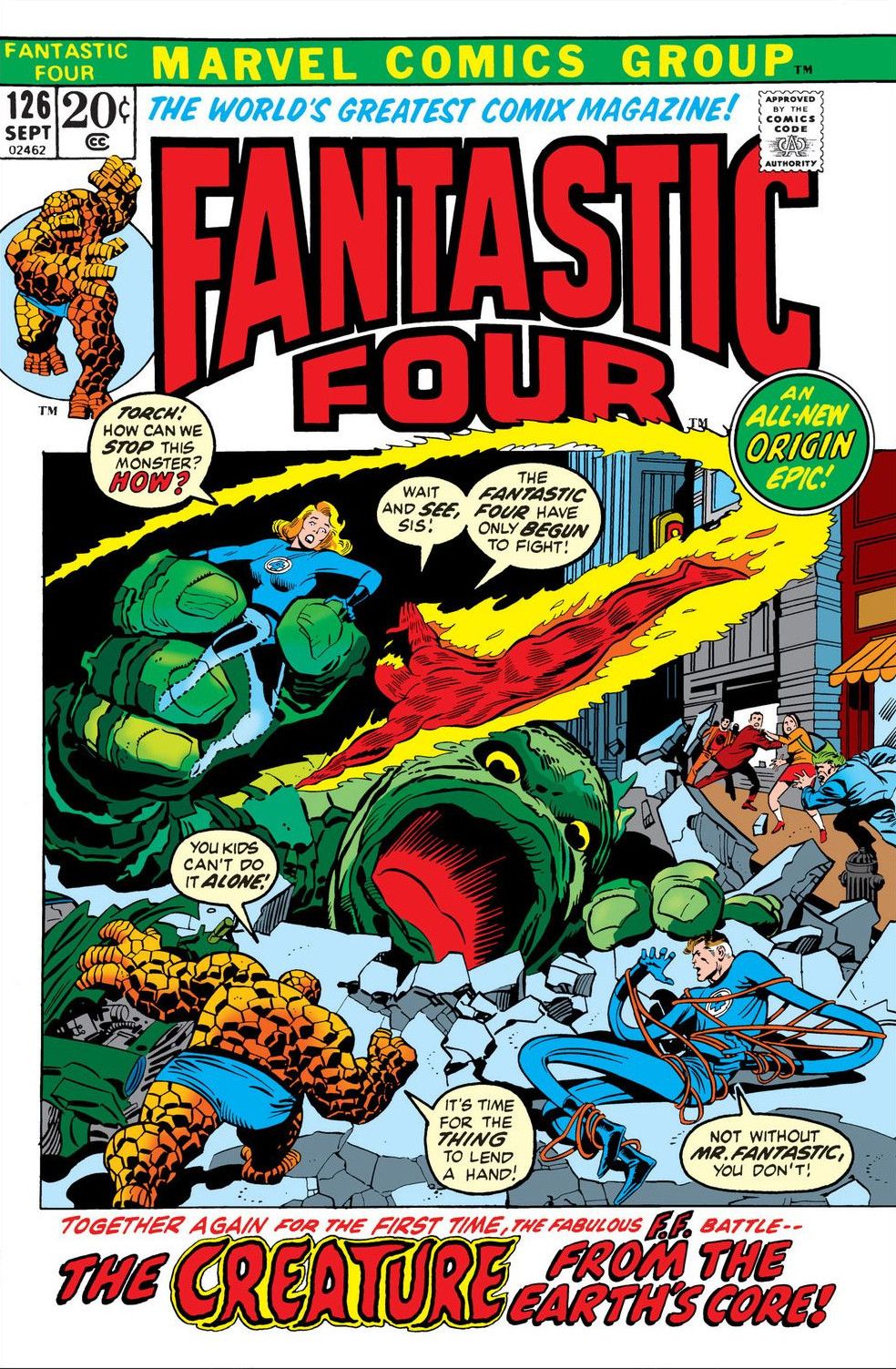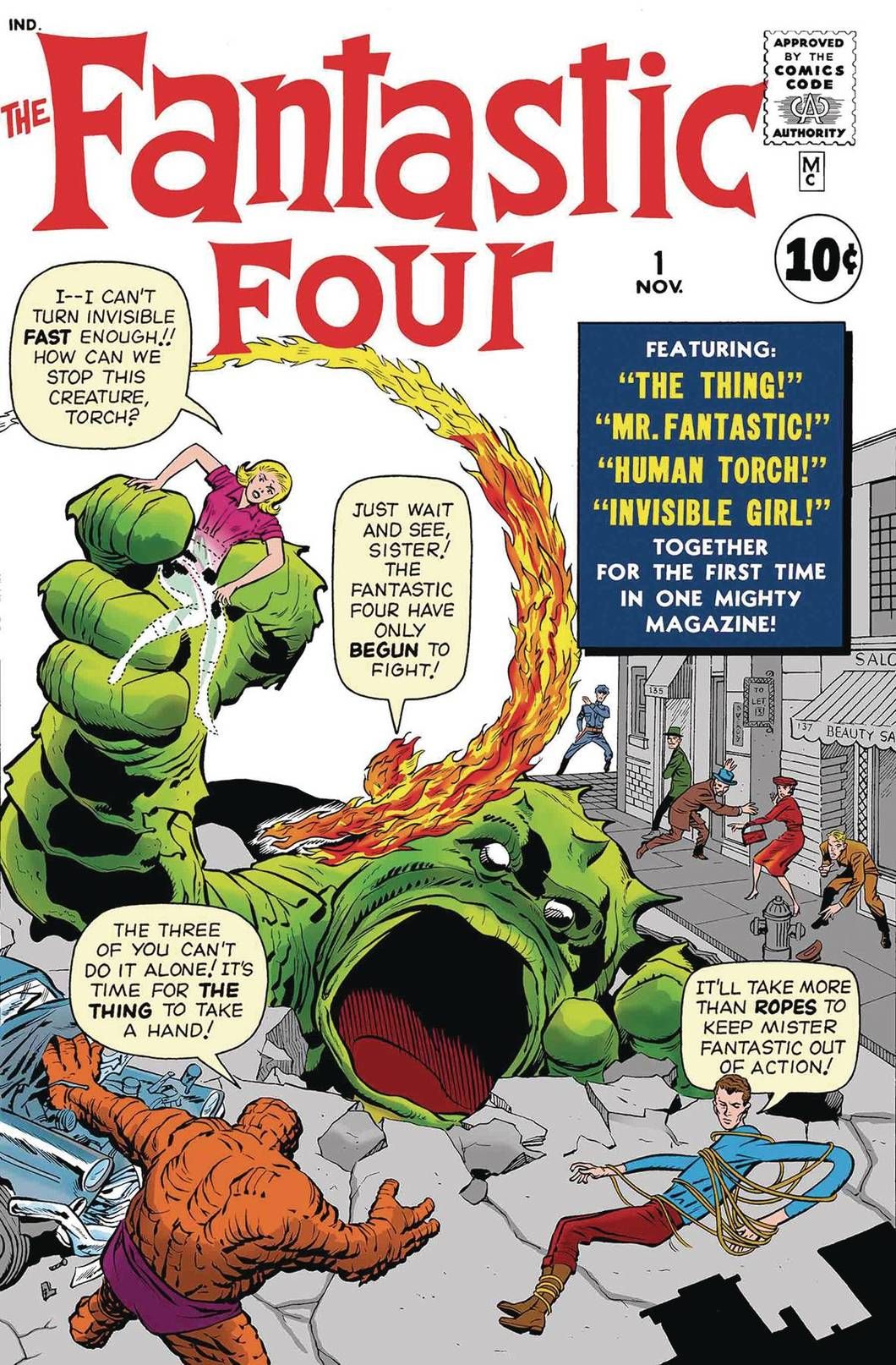In "When We First Met", we spotlight the various characters, phrases, objects or events that eventually became notable parts of comic lore, like the first time someone said, "Avengers Assemble!" or the first appearance of Batman's giant penny or the first appearance of Alfred Pennyworth or the first time Spider-Man's face was shown half-Spidey/half-Peter. Stuff like that.
Today, we take a look at the very difficult question of what was the first comic book cover that homaged an earlier comic book cover.
The first problem with this endeavor is to figure out what we are talking about when we say "homage." In my book, an homage is a drawing (typically a cover) meant to evoke in the mind of the reader an earlier drawing (typically a cover). Intent really is key here, as VERY often, particularly in the early days of comic books, when a comic book artist drew a comic book cover in the style of an earlier comic book drawing, the intent is specifically NOT to evoke the earlier cover, but rather to just use an impressive earlier comic book cover design. If you draw a cover like an old cover and the reader is meant to notice, then you are homaging. If you draw a cover like an old cover and the reader is NOT meant to notice, then you are "swiping."
We're not here to be some big moral judge when it comes to swiping. Pretty much every comic book artist in the history of comic book art swiped from an artist who came before them. Jack Kirby was one of the greatest comic book artists of all-time, but when he started out, he would often swipe from the work of the artists that HE admired, like Hal Foster.
Therefore, when a comic book cover during the Golden Age looked just like a previous cover, the odds were that the artist in question wasn't thinking of it as an homage, but rather as an attempt to just reuse a good idea again. Or to make his/her life simpler by using someone else's cover design rather than thinking of their own.
The first homage period on a comic book cover, I believe, is the cover to Action Comics #8 by Fred Gaurdineer (back when they were still trying to mix up the covers to Action Comics before they finally admitted that, come on, it was obviously Superman that everyone wanted to see)...
It is clearly inspired by this N.C. Wyeth painting...
Wyeth was a painter who became really famous when he did illustrated versions of some classic novels, like Treasure Island (his most famous work) and The Last of the Mohicans, which is where that painting is from. It would only be about 20 years old at the time of Action Comics #8 coming out, so it is POSSIBLE that Guardineer was just swiping it, but I think it was well-known enough that it was a legit homage.
The next possibility is Detective Comics #54 by Bob Kane...
But he's definitely just re-using his art for Detective Comics #33 and not actually homaging himself...
Then you get stuff like Alan Campbell clearly just swiping Wallace Wood's Spirit cover for Space Western #43...
Comic book artists just take from each other way too much for me to credit these things as homages rather than swipes.There is little chance that Mike Sekowsky was thinking, "Oh, when fans see this cover to Justice League of America #6...
they're going to think of this Irwin Hasen cover to All-Star Comics 42!"
House of Mystery #1's cover by Win Mortimer was probably influenced by a similar Weird Tales cover by Margaret Brundage from 1933 (with a nude woman running with wolves)...
But I doubt Mortimer was expecting the audience to make the connection.
Was Carmine Infantino "homaging" Jerry Grandenetti's Our Fighting Forces #48 on the cover to Flash #123 or was it just a coincidence or simply Infantino being influenced by the Grandenetti cover?
I don't think it was an homage.
Page 2: [valnet-url-page page=2 paginated=0 text='So stop beating around the bush, Brian, what is your answer?']
If you believe, as I do, that artists can homage themselves (it seems hard to buy that Todd McFarlane's famous Spawn cover that evokes his famous Spider-Man #1 cover somehow doesn't count as an homage just because it is to his own work), then Curt Swan is clearly homaging the cover that introduced the Legion of Super-Heroes with his cover to Superman #147...
That was not a "re-using the same idea" cover, that was clearly meant to evoke with the reader the earlier cover.
Now, if you don't want to count Swan homaging himself, then I think we have to wait until 1970, for Neal Adams' classic Bob Kane homage on the cover of Batman #227...
While that's clearly the answer, I just wanted to note that a couple years later, Marvel got in on the action with their first major homage cover, with John Buscema and Joe Sinnott homaging the king...
I'd love to hear other people's thoughts on the topic, though. Maybe Murphy Anderson WAS homaging his earlier covers on his various Justice League of America covers that re-used his older Silver Age cover layouts. I think he was more likely just re-using ideas that worked, but I could be wrong!
If anyone else has a comic book first that they would like to know, drop me a line at brianc@cbr.com!

